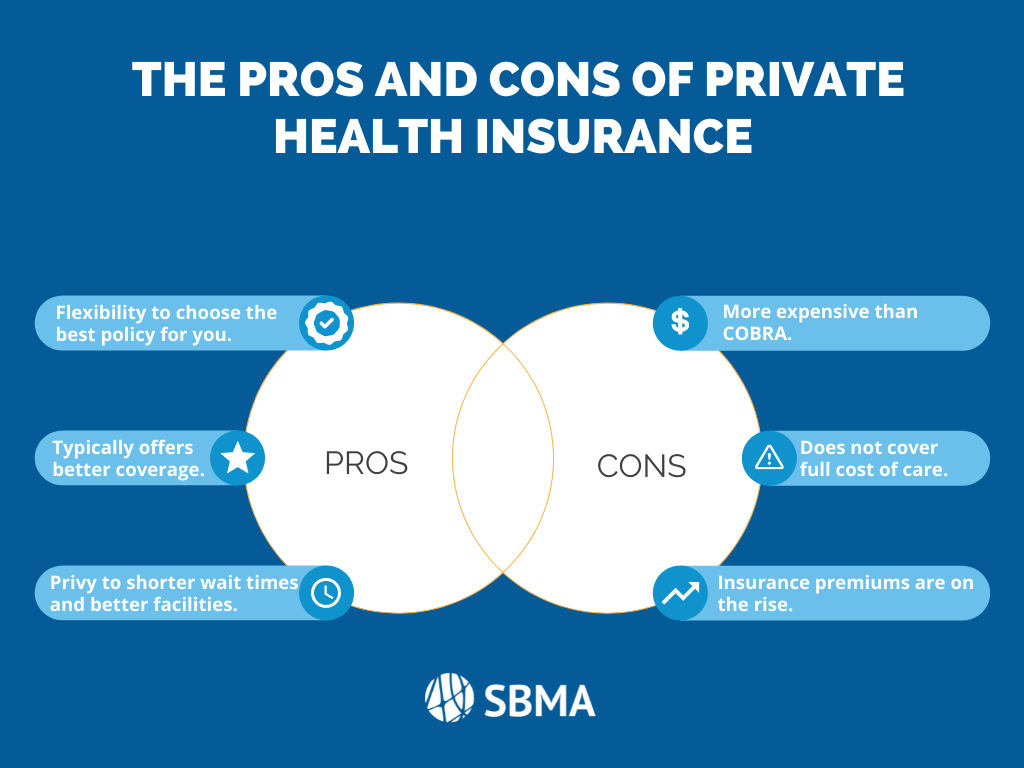Our Medicare Advantage Agent Statements
Our Medicare Advantage Agent Statements
Blog Article
What Does Medicare Advantage Agent Mean?
Table of ContentsAll about Medicare Advantage AgentWhat Does Medicare Advantage Agent Mean?The Only Guide for Medicare Advantage Agent

adheres to from confusing the reasonably young age profile of the uninsured with the better wellness, generally, of younger individuals. This obscures the link between wellness status and medical insurance. For those without access to workplace medical insurance, inadequate health is a prospective obstacle to acquiring nongroup protection because such insurance coverage might be extremely priced, leave out preexisting problems, or be simply not available. The variety of without insurance Americans is not especially huge and has not changed over the last few years. Seven out of ten respondents in a country wide depictive survey assumed that less Americans lacked medical insurance than in fact do(Fronstin, 1998). Roughly half(47 percent )believed that the number of individuals without medical insurance lowered or continued to be consistent over the latter half of the last decade(Blendon et al., 1999). This decline of nearly 2 million in the number of people 'without insurance (a decrease
of about 4 percent)is definitely a positive modification. With a softer economy in 2000 the most up to date reported gains in insurance coverage may not proceed(Fronstin, 2001 ). The decrease in the number of without insurance will certainly not proceed if the economic climate remains slow-moving and healthcare prices remain to outpace rising cost of living. This is since the information were accumulated for a period of solid economic efficiency. Of the estimated 42 million people that were uninsured, just about about 420,000(concerning 1 percent)were under 65 years old, the age at which most Americans come to be qualified for Medicare; 32 million were grownups between ages 18 and 65, about 19 percent of all adults in this age team; and 10 million were youngsters under 18 years of age, about 13.9 percent of all youngsters (Mills, 2000). These estimates of the variety of persons uninsured are created from the annual March Supplement to the Current Populace Survey (CPS), conducted by the Demographics Bureau. Unless otherwise kept in mind, nationwide estimates of individuals without health and wellness insurance policy and proportions of the populace with various kinds of coverage are based upon the CPS, the most widely utilized source of estimates of insurance protection and uninsurance prices. These studies and the price quotes they yield are defined briefly in Table B. 1 in Appendix B - Medicare Advantage Agent. These surveys vary in dimension and sampling techniques, the inquiries that are inquired about insurance coverage
The Ultimate Guide To Medicare Advantage Agent
protection, and the time duration over which insurance policy protection or uninsurance is determined(Lewis et al., 1998, Fronstin, 2000a ). Still, the CPS is particularly useful since it produces yearly price quotes fairly promptly, reporting the previous year's insurance coverage estimates each September, and due to the fact that it is the basis for a regular set of quotes for even more than 20 years, enabling analysis of patterns in protection in time.

Excitement About Medicare Advantage Agent
Over a three-year period beginning early in 1993, 72 million individuals, 29 percent of the U.S. population, were without insurance coverage for at the very least one month. Within a solitary year(1994), 53 million people experienced at the very least a month without protection(Bennefield, 1998a). Six out of every ten without insurance adults are themselves utilized. Although functioning does enhance the chance that one and one's household members will have insurance, it is not a warranty. Also members of families with two permanent wage income earners have nearly a one-in-ten chance of being without insurance (9.1 percent without insurance price)(Hoffman and Pohl, 2000 ). The relationship in between medical insurance and accessibility to care is well developed, as recorded later in this phase. see here now The connection between health insurance and health end results is neither direct nor simple, an extensive professional and health services study literary works links health and wellness insurance policy protection
to improved access to care, better far betterTop quality click this and improved boosted and population populace wellnessStanding The 2nd record, on individual health outcomes for without insurance adults, is stood for by the inner circle of the number, while the 3rd report, on family members health, includes the topics of the 2nd record yet stresses a various system of analysis, namely, the family. The 6th record in the series will offer details regarding approaches and efforts carried out locally, statewide, or nationally to resolve the lack of insurance coverage and its unfavorable impacts. Degrees of evaluation for taking a look at the results of uninsurance. This discussion of medical insurance protection concentrates largely on the U.S. populace under age 65 since essentially all Americans 65 and older have Medicare or other public coverage.
Moreover, it focuses specifically on those with no medical insurance for any type of size of time. The issues encountered by the underinsured are in some respects comparable to those dealt with by the without insurance, although they are usually much less extreme. Uninsurance and underinsurance, nonetheless, entail definitely various plan concerns, and the approaches for addressing them may differ. Throughout this research study and the five reports to comply with, the major focus is on individuals with no health insurance coverage and hence no assistance in spending for healthcare beyond what is offered through charity and safety and security net institutions. Medical insurance is a powerful aspect impacting receipt of treatment since both clients and physicians react to the out-of-pocket rate of solutions. Health and wellness insurance, nonetheless, is neither required nor enough to get to medical services. However, the independent and straight impact of health
insurance policy coverage on accessibility to health services is well developed. Others will certainly obtain the health and wellness care they require even without wellness insurance, by spending for it out of pocket or seeking it from service providers who provide care cost-free or at highly subsidized rates. For still others, medical insurance alone does not guarantee invoice of care because of various other nonfinancial obstacles, such as a lack of healthcare service providers in their area, restricted accessibility to transportation, illiteracy, or linguistic and social differences. Official research concerning uninsured populaces in the United States dates to the late 1920s and very early 1930s when the Committee on the Expense of Treatment produced a series of records about financing doctor workplace visits and hospital stays. This concern ended up being salient as the numbers of medically indigent climbed up during the Great Clinical depression. Empirical studies constantly support the link between access to care and improved health and wellness end results(Bindman et al., 1995; Starfield, 1995 ). Having a normal source of care can be taken into consideration a forecaster Medicare Advantage Agent of access, rather than a direct action of it, when wellness results are themselves used as gain access to signs. This extension of the notion of accessibility measurement was made by the IOM Board on Keeping Track Of Accessibility to Personal Healthcare Provider(Millman, 1993, p. Whether or not moms and dads are guaranteed appears to affect whether their youngsters get treatment as well as exactly how much careeven if the kids themselves have coverage(Hanson, 1998). The wellness of parents can impact their capacity to care for their kids and the degree of family stress and anxiety. Stressing about their children's access to care is itself a resource of tension for parents. 3 chapters adhere to in this report. Phase 2 provides an introduction of just how employment-based health insurance coverage, public programs and private insurance coverage operate and engage to give considerable however incomplete insurance coverage of the united state populace. This includes a review of historical fads and public plans impacting both public and personal insurance coverage, a conversation of the interactions among the various sorts of insurance, and an assessment of why individuals relocate from one program to one more or end up

Report this page